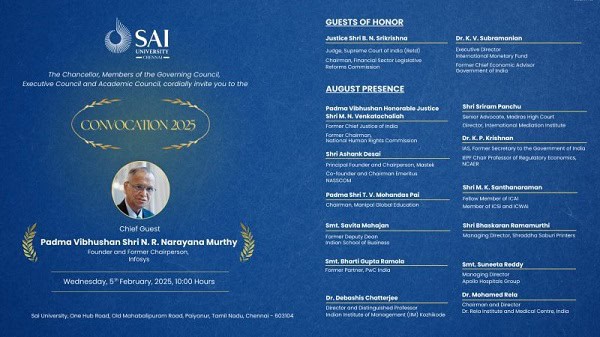
Education technology (EdTech) is revolutionizing how knowledge is delivered, breaking down barriers to access and equity. By leveraging tools like online learning platforms, digital classrooms, and mobile apps, EdTech is narrowing the education gap for students in underserved communities worldwide.
How EdTech is Bridging the Gap
1. Expanding Access to Quality Education
Digital platforms like Coursera and Khan Academy provide high-quality resources to students regardless of location or socio-economic status.
2. Supporting Underserved Communities
EdTech initiatives, such as low-cost tablets preloaded with educational content, bring learning opportunities to remote and disadvantaged areas.
3. Empowering Teachers
EdTech equips educators with tools for interactive teaching, assessment, and professional development, enabling them to deliver more impactful lessons.
Challenges in EdTech Implementation
Digital Divide
Not all students have access to reliable internet or devices, limiting the reach of EdTech solutions.
Cultural Adaptation
EdTech tools must account for cultural nuances and local languages to be truly effective.
Case Study: EdTech Success
India’s BYJU’S has revolutionized learning for millions of students with its engaging, gamified platform. By blending interactive content with AI-driven personalization, BYJU’S has become a model for scalable EdTech solutions.
Conclusion
EdTech is a powerful force for equity in education. By addressing access challenges and tailoring solutions to local needs, it can create transformative opportunities for learners worldwide. The future of education is digital, and EdTech is leading the way.








